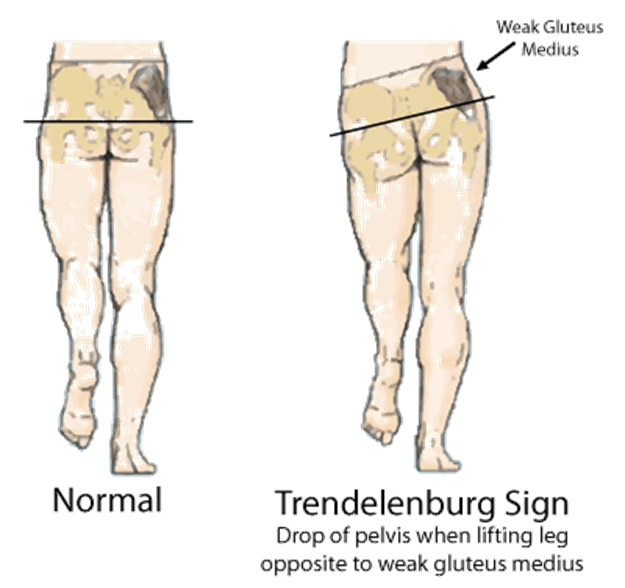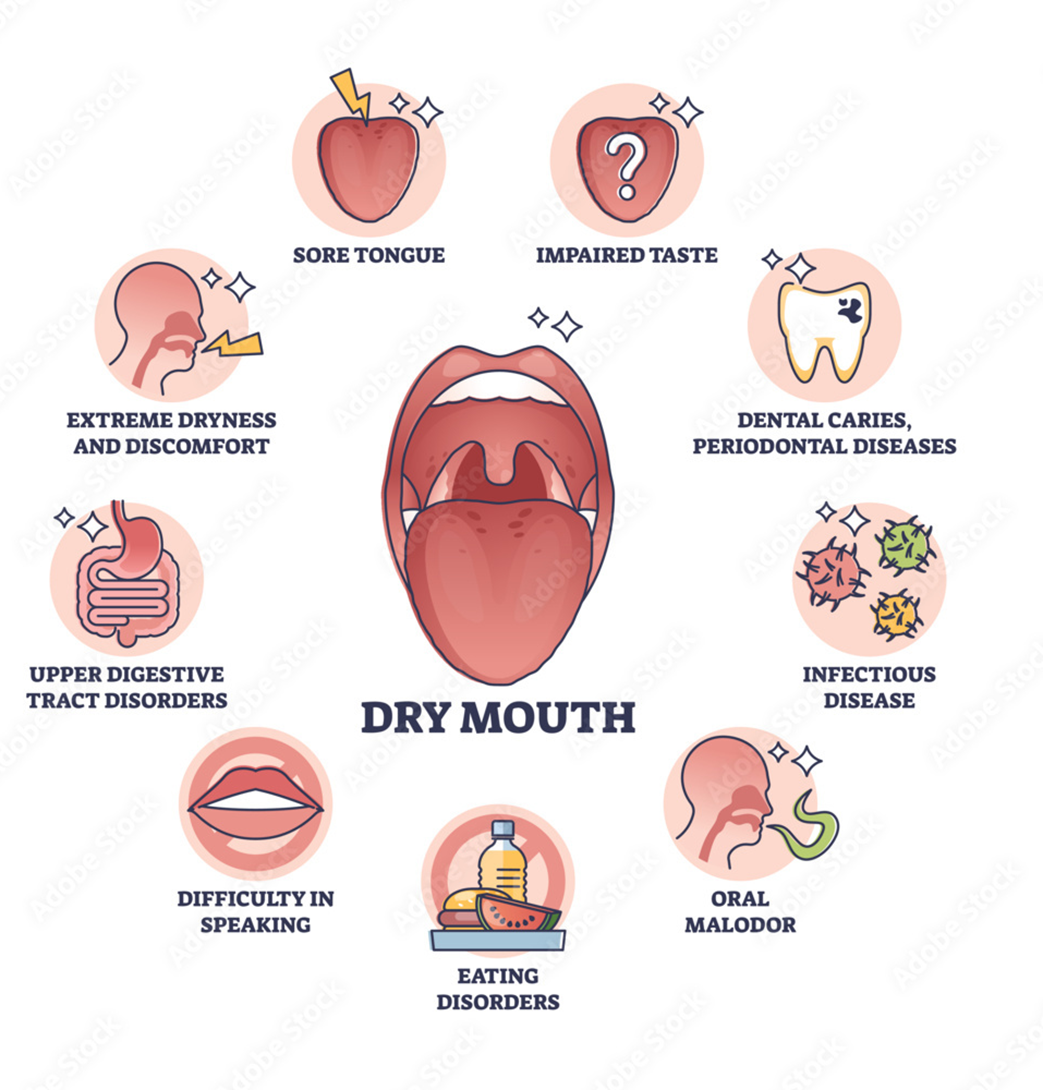The nurse uses comfort measures to enhance an older adult’s pharmacological pain management. Which of the following would be most helpful for the nurse to use to identify the relationships between the comfort measures, activity, and pharmacotherapy, and the older adult's pain level?
Older adult’s self-report
FPS-R
Pain medication frequency
Older adult's pain diary
None of the above
The Correct Answer is D
Choice A reason: Older adult’s self-report is not the most helpful tool, as it may not be reliable or consistent in older adults, especially if they have cognitive impairment, communication difficulties, or cultural barriers. Older adults may also underreport or overreport their pain due to fear, stoicism, or expectations.
Choice B reason: FPS-R (Faces Pain Scale-Revised) is not the most helpful tool, as it may not be suitable or valid for older adults, especially if they have visual impairment, facial paralysis, or dementia. FPS-R is a pictorial scale that uses six facial expressions to represent different levels of pain intensity, from 0 (no pain) to 10 (very much pain).
Choice C reason: Pain medication frequency is not the most helpful tool, as it may not reflect the actual pain level or the effectiveness of the pharmacotherapy. Pain medication frequency may vary depending on the type, dose, route, and duration of the medication, as well as the individual response and tolerance of the older adult.
Choice D reason: Older adult's pain diary is the most helpful tool, as it can provide a comprehensive and longitudinal record of the pain experience, including the location, intensity, quality, frequency, duration, triggers, relievers, and impact of the pain. A pain diary can also help track the use and response of the comfort measures, activity, and pharmacotherapy, and identify the patterns and trends of the pain.
Choice E reason: None of the above is not the correct answer, as there is one choice that is the most helpful tool for the nurse to use.
Nursing Test Bank
Naxlex Comprehensive Predictor Exams
Related Questions
Correct Answer is C
Explanation
Choice A reason: Aphasia is a language disorder that affects the ability to communicate, not the ability to walk or balance.
Choice B reason: Traumatic brain injury (TBI) is caused by external forces, such as a blow to the head, not by internal factors, such as diseases or deficiencies.
Choice C reason: Gait disturbances are problems with walking or balance that can result from neurological damage affecting the motor system.
Choice D reason: Postprandial hypotension (PPH) is a drop in blood pressure after eating that can cause dizziness or fainting, but it is not directly related to neurological damage.
Choice E reason: Fallophobia is a fear of falling or heights, not a condition caused by neurological damage.

Correct Answer is ["B","C","D"]
Explanation
Choice A reason: This is incorrect because providing antiseptic mouthwash (such as Listerine) for the patient can worsen xerostomia, or dry mouth. Antiseptic mouthwash can contain alcohol, which can dry out the oral mucosa and reduce saliva production. Saliva is important for lubricating the mouth, preventing infections, and facilitating chewing and swallowing. Therefore, antiseptic mouthwash should be avoided or used sparingly in patients with xerostomia.
Choice B reason: This is correct because encouraging the patient to brush and floss teeth regularly can help prevent dental caries, gingivitis, and periodontitis, which are common complications of xerostomia. Xerostomia can increase the risk of oral infections and tooth decay, as saliva helps wash away food particles, bacteria, and plaque. Therefore, oral hygiene is essential for patients with xerostomia.
Choice C reason: This is correct because encouraging the patient to drink water frequently can help moisten the mouth and relieve the discomfort of xerostomia. Water can also help flush out food debris and bacteria, and prevent dehydration, which can exacerbate xerostomia. Therefore, water intake is beneficial for patients with xerostomia.
Choice D reason: This is correct because providing saliva substitutes can help mimic the functions of natural saliva and improve the symptoms of xerostomia. Saliva substitutes are artificial saliva products that contain water, electrolytes, and lubricants, such as glycerin, carboxymethylcellulose, or xylitol. They can be applied as sprays, gels, rinses, or lozenges, and can help lubricate the mouth, prevent infections, and facilitate chewing and swallowing. Therefore, saliva substitutes are useful for patients with xerostomia.

Whether you are a student looking to ace your exams or a practicing nurse seeking to enhance your expertise , our nursing education contents will empower you with the confidence and competence to make a difference in the lives of patients and become a respected leader in the healthcare field.
Visit Naxlex, invest in your future and unlock endless possibilities with our unparalleled nursing education contents today
Report Wrong Answer on the Current Question
Do you disagree with the answer? If yes, what is your expected answer? Explain.
Kindly be descriptive with the issue you are facing.
